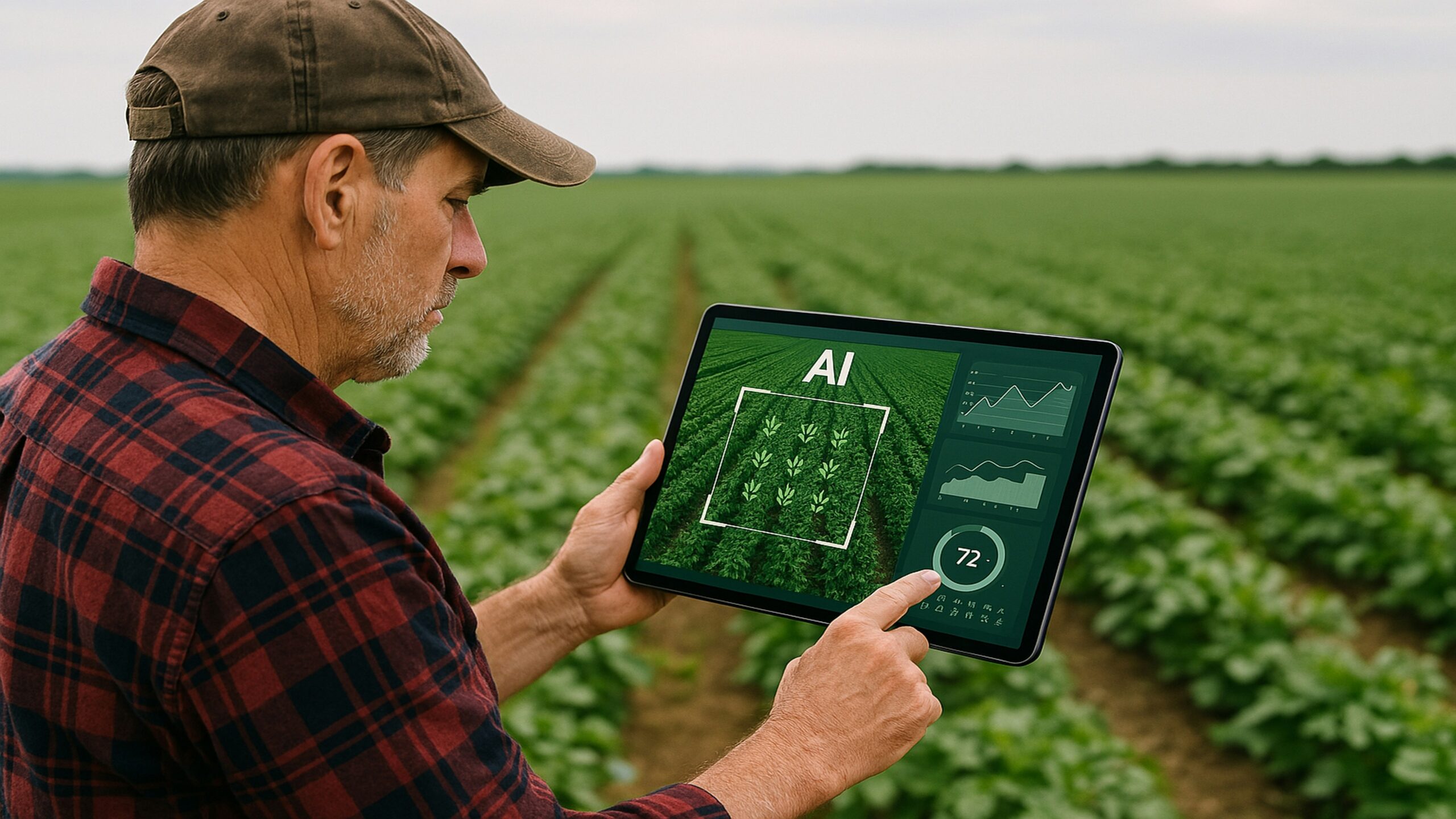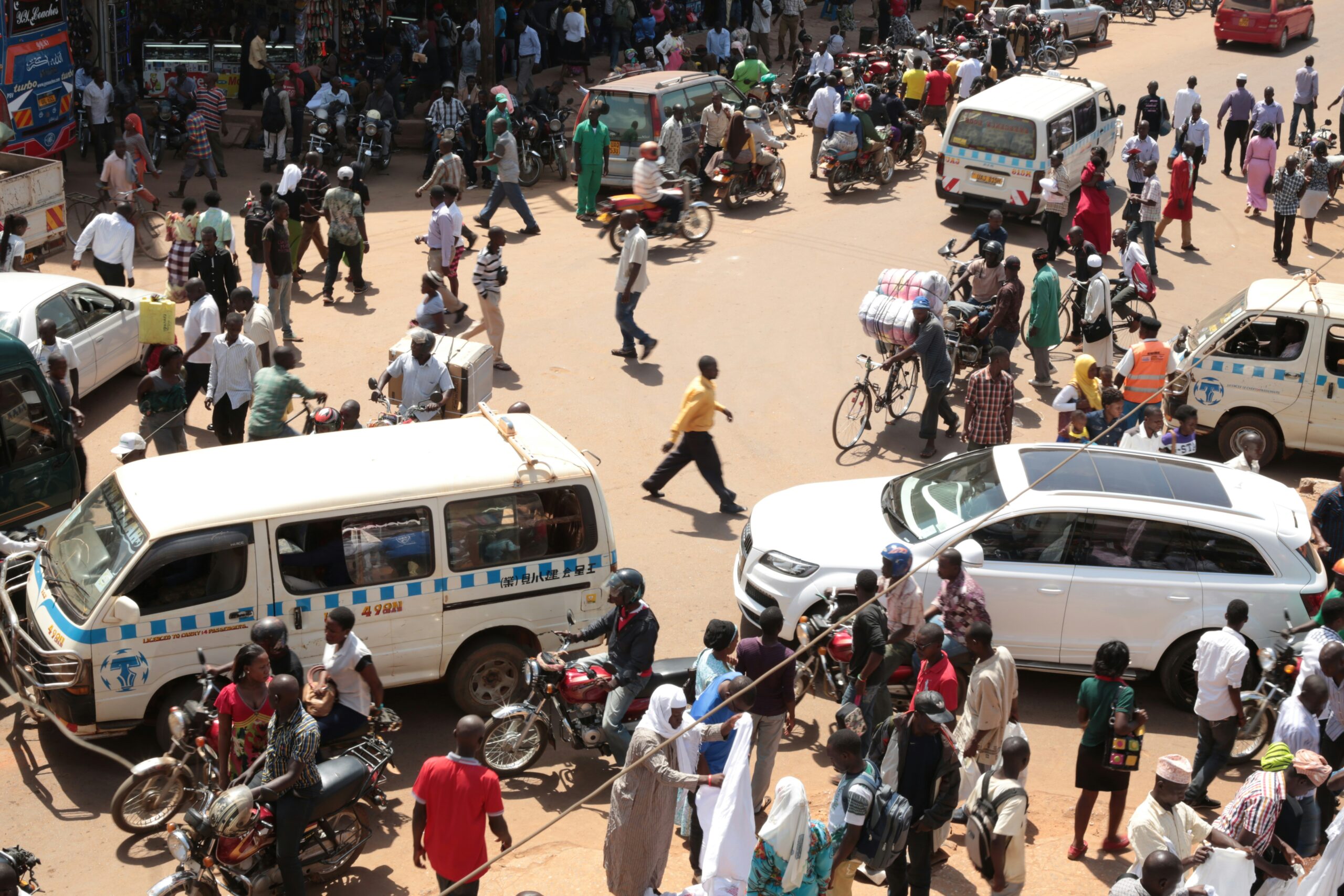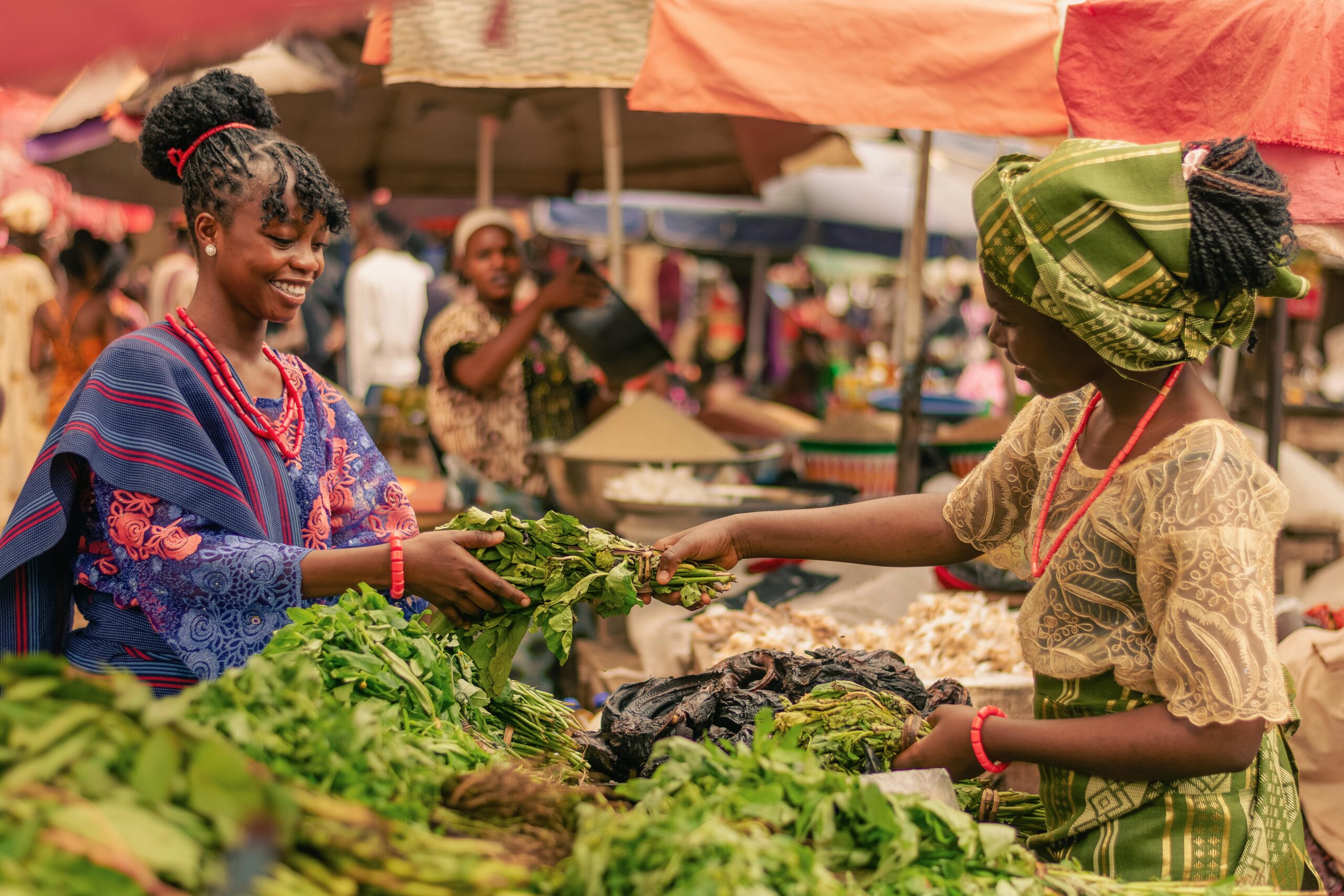
Africa’s Shift: From Potential to Purpose in Global Food Security
For decades, the world spoke of Africa’s agricultural potential. Today, that narrative is evolving. Across the continent, nations are no longer waiting to be “developed” — they are actively reshaping their food systems to feed their people and contribute to global stability. This is not a story of untapped resources, but one of strategic action, climate resilience, and sovereignty over the continent’s own future.
According to the Food and Agriculture Organization (FAO) and the African Development Bank, Africa holds around 65% of the world’s remaining uncultivated arable land, though much of it faces soil and water constraints. Currently, only 10–15% of land across the continent is under cultivation (about 9.9% in Sub-Saharan Africa). With over half of the workforce engaged in agriculture — and around 60% among youth — transforming this sector sustainably could lift millions out of poverty while strengthening global food supply chains.
The United Nations World Food Program reports that over 1 billion Africans cannot afford a healthy diet, and that more than 50% of the population faces moderate or severe food insecurity. These figures highlight not a lack of capacity, but a need for systems that connect productivity with accessibility. With Africa’s population projected to reach 2.5 billion by 2050, building resilient, equitable, and sustainable food systems is one of the defining missions of our time.
Across the continent, innovation is driving this transformation. Agri-tech startups and local cooperatives are providing farmers with real-time weather data, drone-assisted soil mapping, and mobile marketplaces. The rise of climate-smart agriculture — integrating agroforestry, regenerative soil management, and efficient irrigation — is improving yields while restoring ecosystems. Supported by IFAD, the African Development Bank, and national ministries, these initiatives demonstrate that sustainability and profitability can go hand in hand.
Governments and investors are now strengthening infrastructure — upgrading ports, roads, and cold-chain logistics — to cut post-harvest losses that still reach 8–12% for cereals and up to 40% for fruits and vegetables. Such improvements reduce waste, improve affordability, and enhance trade. At the same time, ethical sourcing programs are helping African producers deliver high-value exports — from Rwandan coffee to Tanzanian eggs and avocados — with transparency and traceability.
This shift marks a new paradigm: Africa is no longer a supplier of raw commodities, but an architect of its own agricultural destiny. The conversation is moving from harnessing resources to mobilizing capacities — from extraction to regeneration, from dependence to partnership.
At ASAFI, we stand with this movement. Our mission is to advance sustainable production systems that nourish communities, empower local economies, and protect the planet’s future. Africa’s strength lies not only in its soil and sun, but in its determination to feed itself — and the world — responsibly.
Share with us your thoughts!
What is the biggest opportunity you see in Africa's agricultural growth?



